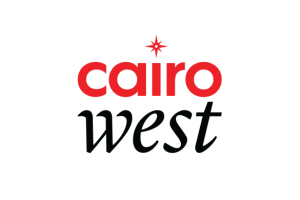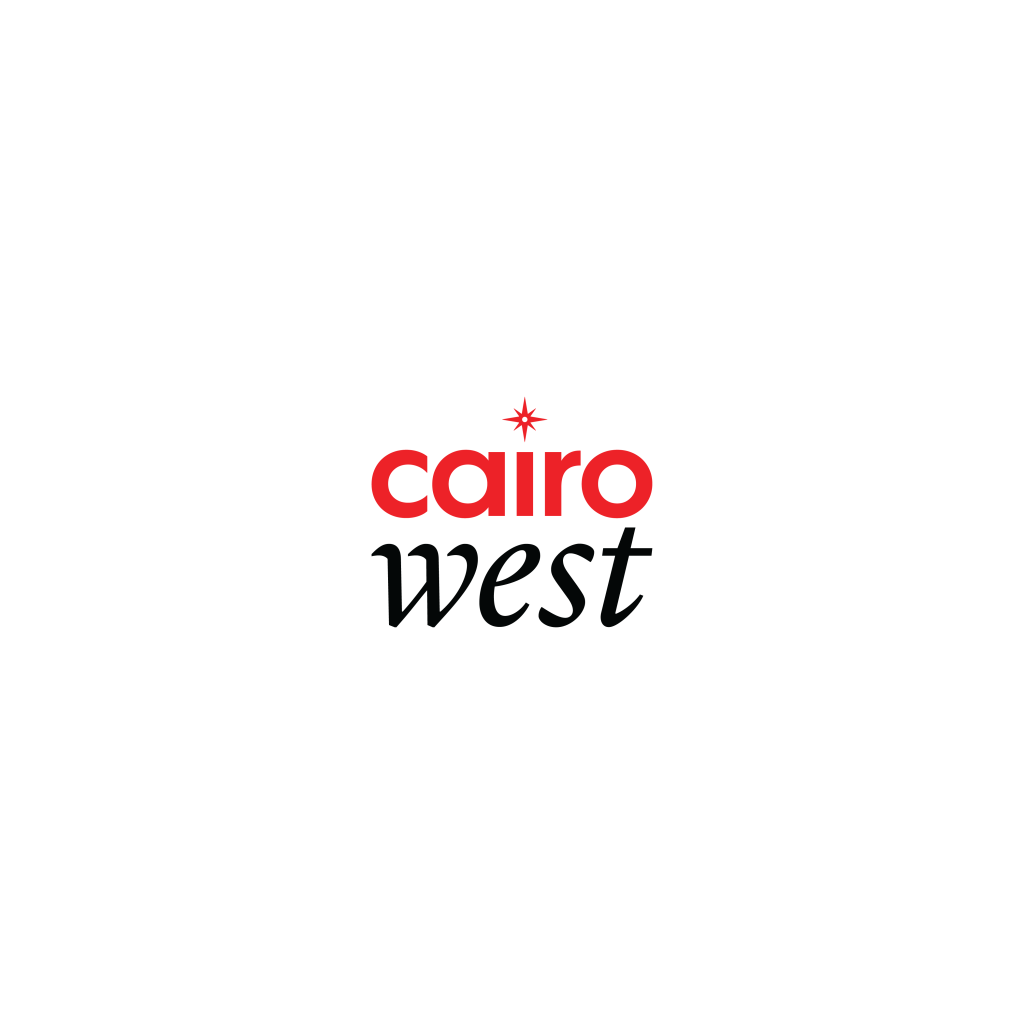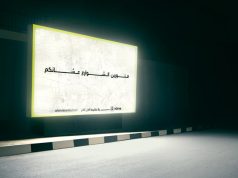Reflexology Explained
By Hilary Diack
With a history that harks back as early as the Pharaohs; this holistic therapy has recently experienced a surge of interest, boosted by positive feedback from many who have undergone treatment. So, what is it all about? Cairo West Magazine tried it first hand, and had an insightful chat with reflexology practitioner and tutor Nada Rashed.
CWM: What are the roots of reflexology?
NR: Reflexology is an ancient practice that was possibly first recorded as a pictograph on the Egyptian tomb of Ankhamor in 2330 BC along with other medical procedures. The Chinese record, the Yellow Emperor’s Classic of Internal Medicine, which was written around 1,000 BC, has a chapter titled ‘Examining Foot Method’, and is the beginning of discussions in print about the connection of life force and points and areas on the feet.
How does it work?
Reflexology is the application of pressure to specific points and areas mainly on the feet, and sometimes the hands, or ears. These areas and reflex points correspond to different body organs and systems, and pressing them has a beneficial healing effect on the organs and person’s general health. Many people use it to complement other treatments when addressing conditions like anxiety, asthma, cancer treatment, cardiovascular issues, diabetes, headaches, kidney function, PMS, blocked lymphatic systems and sinusitis while others use it independently as well. The same rituals of foot reflexology apply but the session duration is shorter as the map presented on the hands is also smaller in comparison to the foot.
To represent how the body systems correspond to one another, reflexologists use reflexology “maps.” A good example of a reflexology map exists for the feet. Each foot represents a vertical half of the body:
- The left foot corresponds to the left side of the body and all organs, valves, etc. found there.
- The right foot corresponds to the right side of the body and all organs found there. For example, the liver is on the right side of the body, and therefore the corresponding reflex area is on the right foot.
- A reflexologist may perform a general integrated session and focus on specific areas that the client complains about or that she/he has identified as weak or congested during the session. According to reflexology theory, the practitioner works to balance out the whole body through the stimulation created via the different pressure types applied.
What is a reflexology treatment like?
A typical foot reflexology treatment is 45-60 minutes long and begins with a consultation about your health and lifestyle. You are then asked to remove your shoes and socks and sit comfortably in a reclining chair or on a massage table, but you remain fully clothed.
- The reflexologist proceeds to assess the feet and then stimulates various points to identify areas that are out of balance. The reflexologist may use certain techniques to warm the feet up. Then pressure is applied from the toes to the heel according to your comfort, emphasizing those points that need extra attention.
What are the after-effects?
Reactions may differ but most people feel calm and relaxed after a treatment. Others may feel more energized especially after the first day.
The Experience:
Shoes off! Initially there was a slight tickling feeling as my feet were worked on but that quickly abated and a feeling of relaxation set in. The reflexologist worked over each point of my feet, including my toes, identifying where I had stiffness or sensitivity and what points of the body needed to be “tuned”. She picked up on several minor ailments that had been bothering me, which were immediately addressed. The benefits were felt almost immediately. After the treatment I felt both relaxed and energised. A group of around 4- 6 sessions over period of a few weeks is usually recommended to get the best results.
Reflexology is great in helping you deal with a wide range of diseases in addition to creating an overall balance for the body and helping it to de-stress from the usual daily stresses.
It is recommended that you drink plenty of water after the session as it also helps you cleanse and get rid of any waste within your body.
Contacts:
Nada Rashed
Complementary Alternative Medicine Practitioner
AOR Professional Member
RAC Certified Reflexology Teacher
FB: Reflexology Chapter of Egypt
Nada, I feel that we can add more on the points of the feet, and something on head and facial points as well as hands. What do you think?





